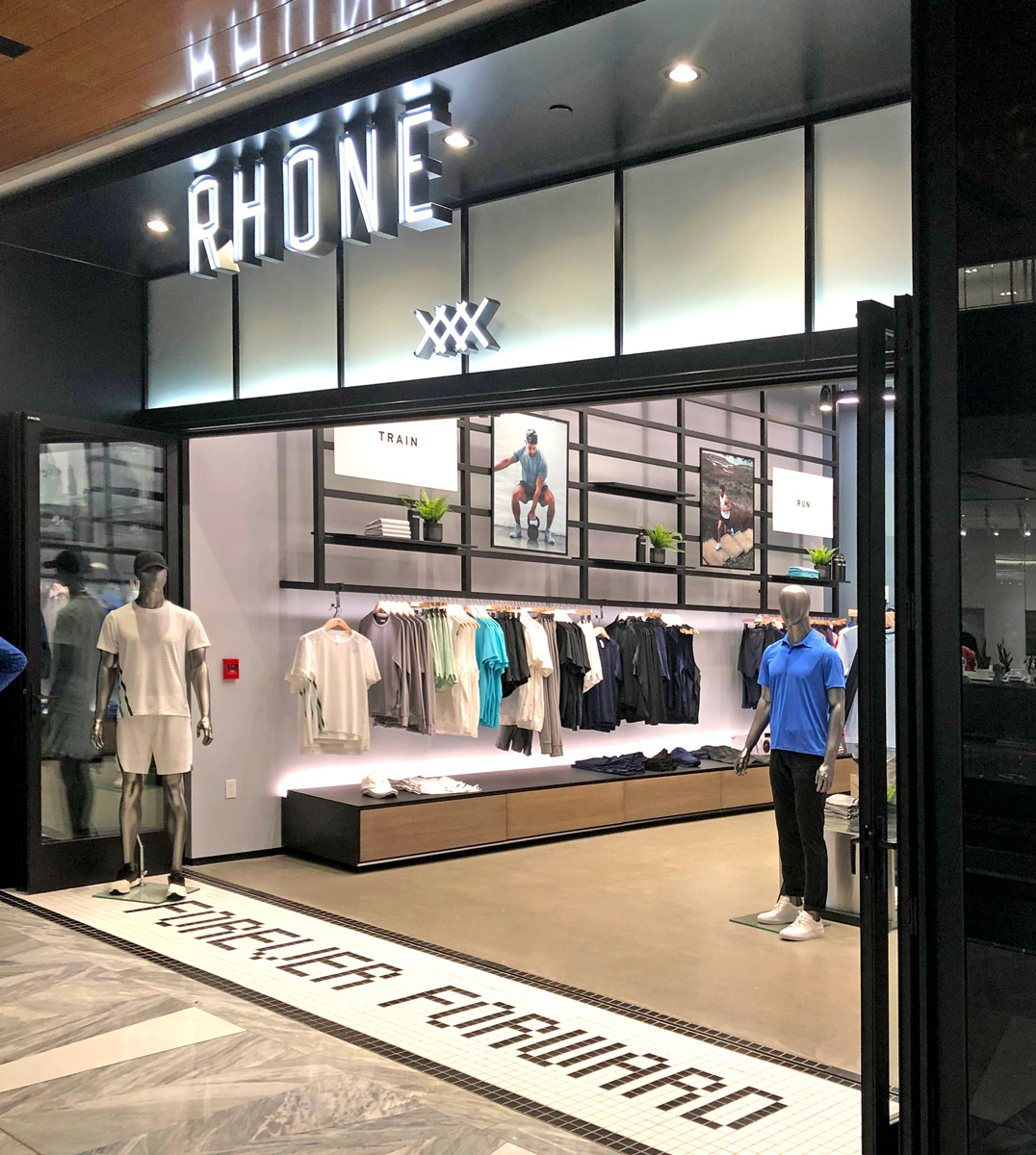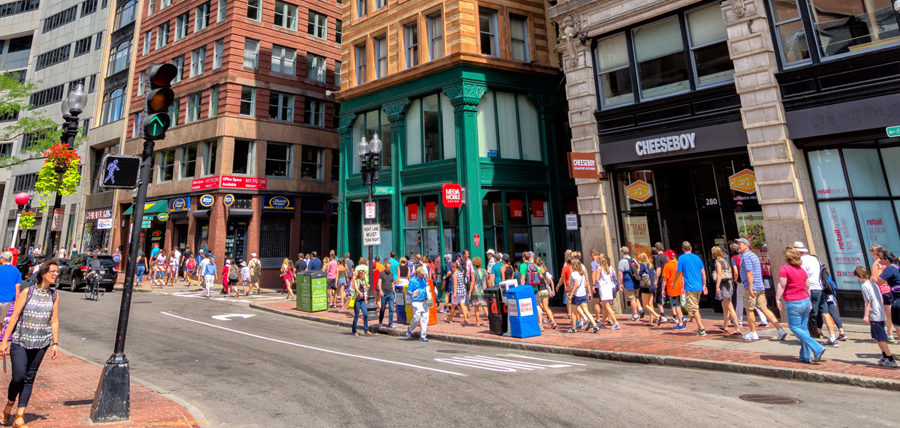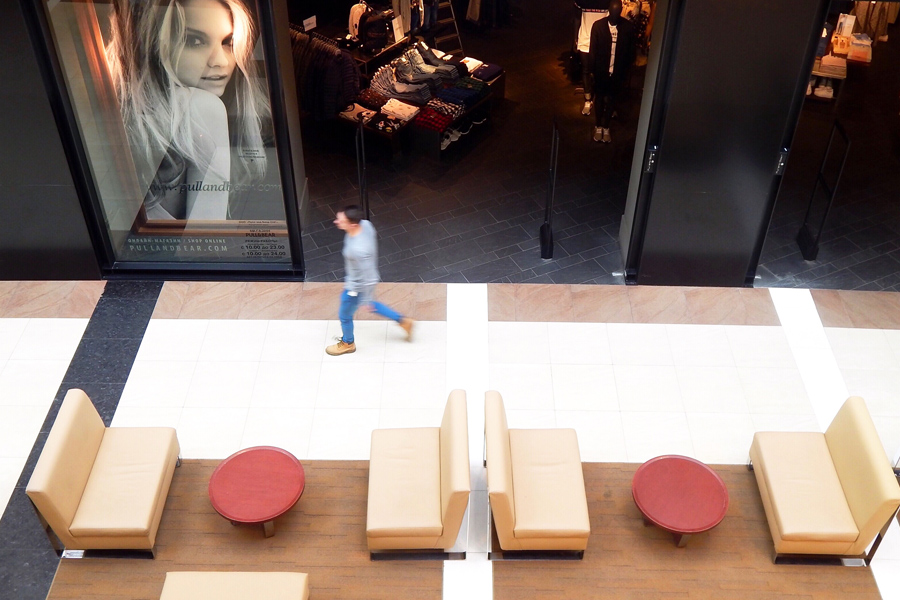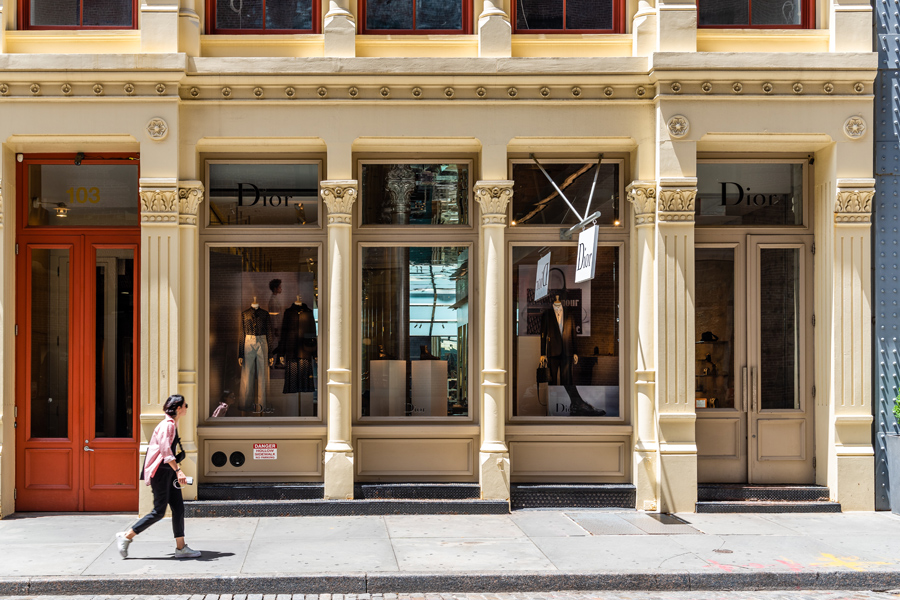It’s an exciting time to be in retail. For DTCs, the opportunity to redefine their purpose and connect with customers on a whole new level has led to a surge in DTCs opening physical stores. Here, we take a look at some DTC brands to watch – those that have already made the leap into physical stores and those who may be in the near future.
“Direct-to-consumer, digital-first, pure-play, or whatever you want to call this new breed of breakout brands, for them, the physical footprint is about customer acquisition, building loyalty, and increasing eCommerce sales. Utilizing their online data assets, they’re focusing the in-store experience on a high level of service and brand engagement. With that, traditional retail metrics like sales per square foot are being replaced by new measurements that take into account multiple channels working together.” – Chute Gerdeman
Take Note of these DTC Brands

Article – Launched in 2013, DTC furniture company Article grew profits by 45% in 2021 by opening regional fulfilment centers and focusing on last-mile delivery network. “We’ve decided to take final-mile delivery to the next level with ADT [Article Delivery Team]. In-house delivery gives us a tighter feedback loop which helps us iterate on the process and create experiences people look forward to,” said Aamir Baig, Article’s CEO, in a Chain Store Age interview.
Tecovas – Founder, Paul Hedrick turned his passion for good-looking cowboy boots that were actually comfortable to wear into a business that was named by Business Insider as one of the 25 DTCs to watch in 2022. Paul Hedrick, founder and CEO of Tecovas, said in an interview with FN, “Our focus is – and will always be – on building the most beloved heritage western brand in the world, and this round of funding will only help us further drive towards that vision.”
Vuori – With a commitment to sustainability, ethical manufacturing, and community, Vuori is a standout brand for a number of reasons. After receiving an infusion of capital and completing a successful expansion in the U.S., Vuori recently announced plans to expand into Europe with their own physical locations as well as through partnerships with companies like Costwold Outdoor in England. “2022 is going to be Vuori’s biggest year yet, and we look forward to sharing much more in the weeks and months ahead,” Vuori founder and CEO Joe Kudla said in a statement.
Gymshark – Launched by a 19-year old in a garage in Birmingham, UK in 2012, Gymshark’s online presence today is nothing short of remarkable. The company now has five regional offices and was featured in an article last year about their transition to a billion dollar fitness company.

Rhone – CEO and co-founder Nate Checketts of Rhone was an early visionary in recognizing the importance of developing physical retail locations for his performance-driven clothing and the company has enjoyed growth and success as they expand, being named one of the top 12 men’s athleisure brands in 2022.
Knot Standard – Recognized for their unique blend of fashion and technology, Knot Standard is not only expanding their own physical presence with showroom locations across the country but also selling its technology to retailers to create their own custom clothing offering.
Thuma – Launched in 2018, Thuma is on a mission to revitalize the modern-day bed through timeless design and smart manufacturing. Their success is reflected in the fact that they’ve been named the top bed frame to sleep on by Architectural Digest and Insider. Thuma has also been named one of the top home and appliance DTCs to watch by IAB. This is definitely a brand to keep an eye on.
As the cost of customer acquisition continues to climb with increasing digital ad costs, more and more DTCs will likely consider new ways of fulfilling the needs of existing customers while also attracting new ones. Strategically located physical locations is a huge opportunity for many DTCs.










